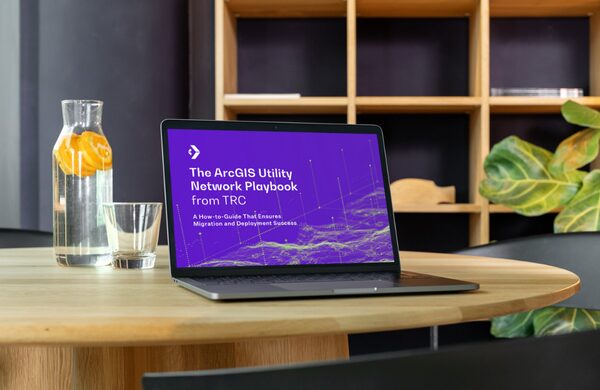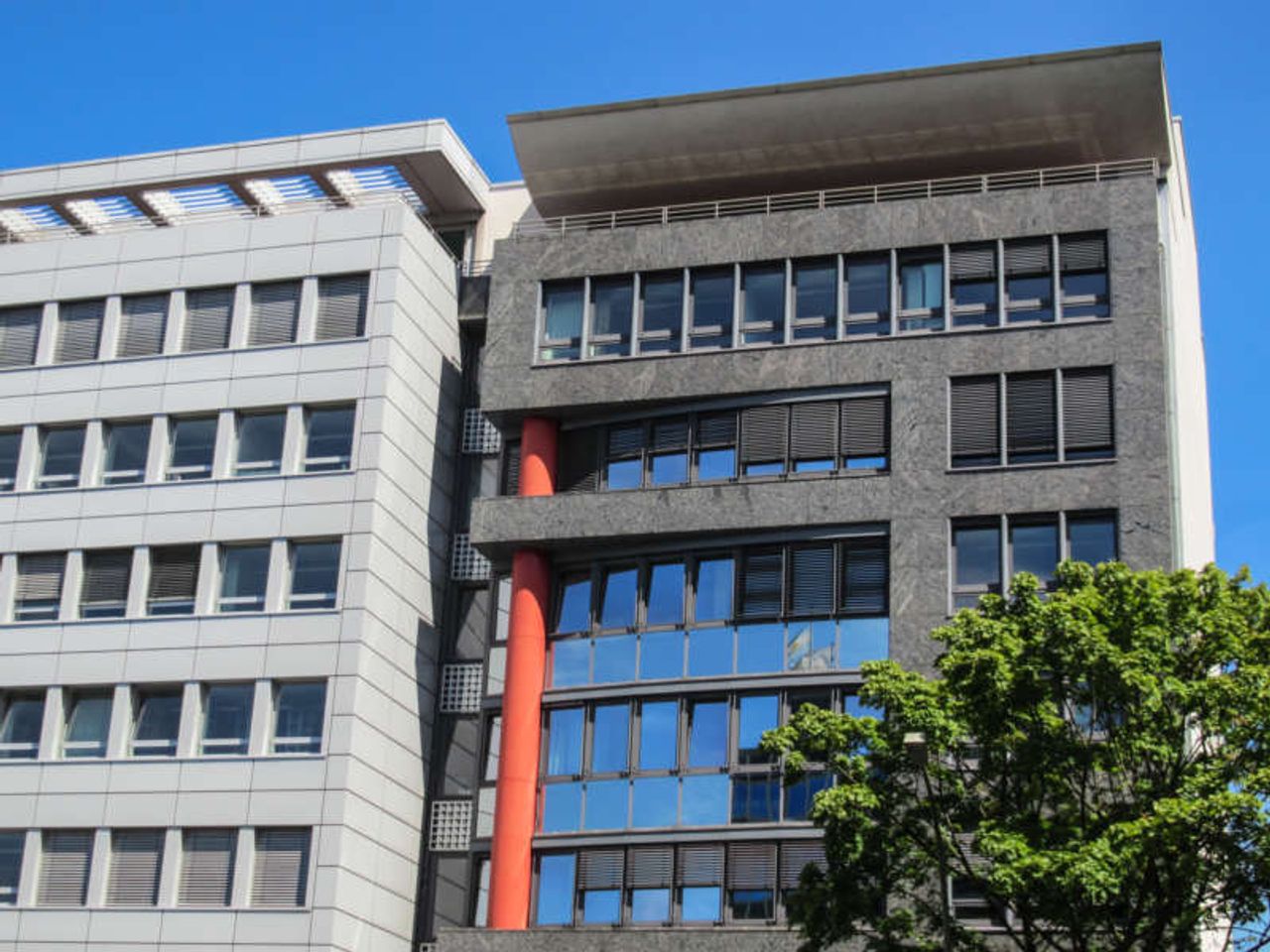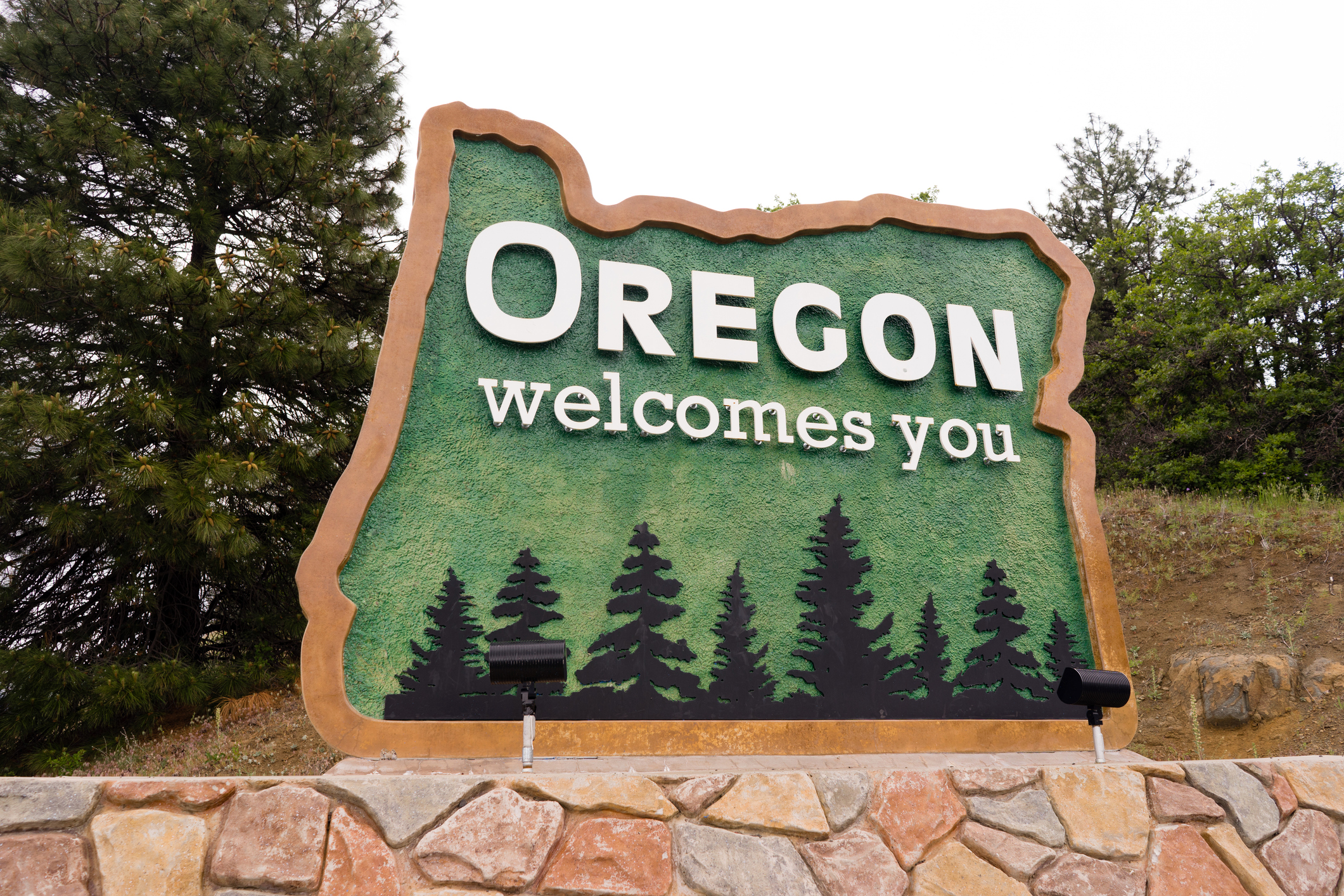TRC Services Accelerate Time to Value, Increase User Adoption and Maximize Enterprise Effectiveness
Citizens Energy Group is a public trust providing utility services to about 900,000 people in the greater Indianapolis area. As a forward-thinking organization, Citizens is committed to leveraging cutting-edge technology to enhance its operations and better serve its customers.
With a diverse portfolio encompassing natural gas, steam energy, chilled water, water and wastewater services, Citizens recognized the need to modernize its geographic information system (GIS) infrastructure to improve asset management, streamline workflows and ensure regulatory compliance. The utility turned to TRC to help implement the Esri ArcGIS Utility Network, transforming its approach to utility management.
Challenge
Citizens faced several challenges in maintaining and upgrading its legacy GIS infrastructure. Their GIS software, while functional, lacked the modern functionality and data models necessary for advanced analytics, real-time decision-making and proactive outage management.
Data quality concerns stemming from the limitations of the older geometric network model, hindered reliable tracing and accurate reporting. The utility also sought to leverage out-of-the-box tools to minimize costly custom development while maintaining business continuity and meeting specific business needs.
The organization needed to modernize its systems to keep pace with evolving technology and industry standards. In addition, Citizens wanted to improve data quality, enhance asset management capabilities and streamline compliance processes across its multi-utility operations.
The decision to migrate to the Esri Utility Network, more specifically, was driven by a desire to implement an enterprise solution that provided a technology platform for future development. Citizens also recognized the potential for improved data quality through enforced topology and more reliable tracing capabilities.
“We felt it was an opportunity for growth within our GIS program,” said Joe McKamey, IT Product Owner at Citizens Energy Group. “It’s something we knew we’d eventually have to do, especially given Esri’s direction. We decided to move forward and take advantage of what it could deliver now and into the future.”
“We wanted to modernize our GIS and try to leverage that to help us meet some business needs from a compliance standpoint,” said Richard Calvert, Manager Engineering – Gas for Citizens Energy Group. “It drove us to get on the Utility Network and Utility and Pipeline Data Model (UPDM) and take advantage of those out-of-the-box tools.”
Patrick Lunn of TRC noted, “The Utility Network enables improved data quality by enforcing good editing habits and preventing common data errors through built-in topology rules.”
Top five challenges:
- Modernizing legacy GIS infrastructure
- Improving data quality and asset management
- Streamlining compliance processes
- Reducing reliance on custom solutions
- Unifying GIS approach across multiple utilities

Solution
The Esri ArcGIS Utility Network is a next-generation GIS platform for utility and telecom companies. It provides advanced modeling capabilities, improved data integrity through enforced topology and enhanced tracing and analysis tools. The Utility Network enables utilities to create a comprehensive digital twin of their infrastructure, supporting better decision-making and operational efficiency.
The successful implementation of the ArcGIS Utility Network has delivered significant value to Citizens by improving workflows and setting them up for more efficient and responsive service delivery.
Data accuracy has been significantly improved, streamlining regulatory reporting processes and reducing compliance risks. Furthermore, the new system empowers Citizens to operate more intelligently, respond more swiftly to issues and make better-informed decisions, ultimately benefiting its customers and stakeholders.
TRC provided comprehensive services to develop and implement a solution that met the needs of Citizens Energy Group. The team worked closely with Citizens to understand their existing processes, identify areas for improvement, and design a tailored solution leveraging the Esri ArcGIS Utility Network.
Our services included:
Implementation and Migration
TRC served as implementation partner for Citizens, guiding them through migrating to the Esri ArcGIS Utility Network. This involved a thorough evaluation of existing GIS infrastructure and business processes to design a tailored solution that leveraged the full potential of the Utility Network.
Custom Tool Development
While the goal was to utilize out-of-the-box functionality where possible, TRC also developed custom tools to meet specific business needs. This project involved more custom development than any other Utility Network project TRC had undertaken, highlighting their commitment to addressing unique requirements.
Business Process Optimization
TRC didn’t simply replicate existing processes but worked with Citizens to evaluate and improve their workflows. For example, they revamped compliance applications for test station and valve inspections, integrating them seamlessly with the new data model and enabling field data collection through tools like Esri Field Maps.
Training and Documentation
TRC provided comprehensive training on both the Utility Network and ArcGIS Pro. They created extensive documentation for editors, analysts, and IT infrastructure, ensuring that Citizens staff had the resources to operate and maintain the new system effectively.
Hyper-Care Support
During the go-live phase, TRC provided on-site hyper-care support. Their staff worked directly with Citizens employees, walking the halls and addressing issues in real time to ensure a smooth transition.
By providing these services, TRC helped Citizens modernize its GIS infrastructure, improve data quality, streamline compliance processes, and position itself at the forefront of utility GIS technology.
“We don’t just replicate existing processes,” said Lunn. “We evaluate the client’s business needs and end goals, then design solutions that leverage the full potential of the Utility Network. This often involves reimagining workflows to take advantage of out-of-the-box functionality while meeting specific business requirements.”
“It was a true partnership in the sense that there was a lot of give and take,” explained McKamey. “TRC was flexible and worked with us to find the right solutions.”
“TRC did a good job of understanding our business and helping to develop tools to meet our needs,” said Calvert. “We’re starting to see the benefits of the subnetwork creations as they relate to our compliance apps.”
Results
Implementing the Esri ArcGIS Utility Network, with TRC’s expert guidance, has yielded significant benefits for Citizens. While the organization is still in the early stages of adoption, several positive outcomes are already evident:
- Improved data quality: The Utility Network’s enforced topology and data validation rules have significantly reduced errors in asset data, providing a more accurate representation of Citizens infrastructure.
- Enhanced compliance capabilities: Custom-built compliance applications integrated with the Utility Network have streamlined inspection processes and improved regulatory reporting.
- Modernized GIS infrastructure: The migration to the Utility Network has positioned Citizens at the forefront of GIS technology in the utility industry, enabling future growth and innovation.
- Increased operational efficiency: Out-of-the-box tools and optimized workflows have reduced the need for manual processes, improving overall operational efficiency.
- Better decision-making: The comprehensive digital twin created by the Utility Network provides deeper insights into assets owned by Citizens, supporting more informed decision-making across the organization.
While Citizens is still realizing the full potential of the new system, the foundation has been laid for long-term success. As users become more familiar with the latest tools and capabilities, Citizens expects to see continued improvements in efficiency, data quality, and overall utility management.
“We’re seeing the benefit of the subnetwork creations related to our compliance apps,” explained Calvert. “This will greatly reduce some of the manual efforts we must do for compliance.”
McKamey emphasized the value of TRC’s support during the transition. “The hyper-care was worth every cent,” he said. “TRC folks gave up their family time and spent time on-site, which was helpful.”
As utilities face increasing pressure to modernize their infrastructure and improve operational efficiency, the partnership between Citizens Energy Group and TRC demonstrates the transformative power of advanced GIS technology combined with expert implementation services. By embracing the Esri ArcGIS Utility Network and leveraging TRC’s deep industry expertise, Citizens has positioned itself for long-term success in an evolving utility landscape.
Learn more about how TRC can help your organization leverage modern geospatial technologies to drive operational excellence. Contact us today.
Download Our Playbook
Make your ArcGIS Utility Network migration seamless and successful. This practical guide covers every phase—from planning and data readiness to change management and optimization—helping utilities modernize operations, reduce risk, and unlock smarter geospatial capabilities. Download the playbook to start building a more connected, future-ready network.

Embrace The Shift
Partner With TRC’s Tested Practitioners















